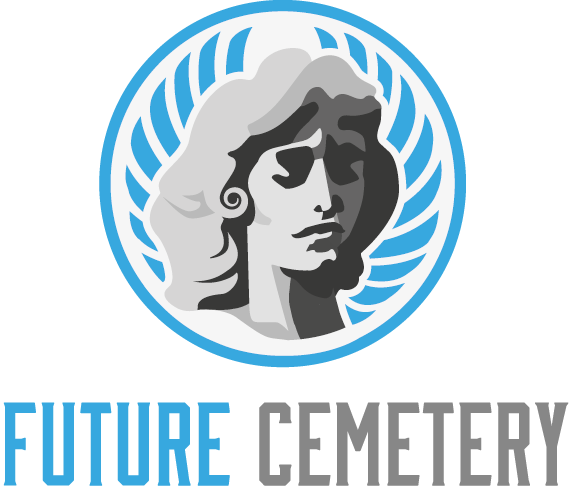A cemetery must be more than just a place to lay a grave. It must be a living memorial to family, history and individuality within a shared community. This requires a special kind of know-how.
Cemetery layout design needs to consider flow and landscaping to keep maintenance costs low while providing a more welcoming experience for visitors. Well-planned landscaping also contributes to higher revenues by increasing sales of burial plots near scenic and special spaces and features.
Master Plan
WC Fry Design works with communities, cemetery professionals, leadership and stakeholders to create a master plan for new sections, extensions or other large scale improvements. A good master plan is a road map of where the cemetery is, where it wants to be and how it will get there.
Several historic and culturally significant landscape structures, gravestones and monuments punctuate the cemetery grounds. These features contribute to the character of Greenlawn and merit long term protection.
The cemetery’s entrance is comprised of a series of paired, mortared brick piers set back from the street edge, connected to straight brick walls that extend north and south along Orne Street and terminate in cast stone orbs. Double-leaf wrought iron gates flank the entry drive.
The cemetery’s nine proposed expansion sites (Sites A through I) offer full casket burial, in-ground cremation and columbarium interment options. Implementation capacity will depend on the City’s ability to develop and construct these new sites as well as to secure sufficient funding.
Accessibility
A cemetery is a sacred space and needs to be accessible for people with disabilities. It is important that a design team considers how visitors will move around the site, and make sure that all features are clearly marked with directional signage. The design should also be flexible to allow for future changes.
Cemetery landscape should be designed to respect and work with natural systems, especially if the cemetery is on an environmentally sensitive site. This may include the design of ponds that double as habitat and scenic features. Often, the development of unique areas in a cemetery can give it a sense of place that sets it apart from other cemeteries.
Modern cemetery design should promote connection with families and communities, while offering options for every personality to be remembered in a way that is meaningful. This includes a range of memorials and columbarium walls that are more than just a wall of plaques.
Signage
The cemetery’s entrance features should be clearly visible from the public street. These features should include an appropriate State Veterans Affairs Seal or Territorial or Tribal Government insignia, with the words “(NAME) Cemetery” in lettering. In addition, the cemetery’s entrance should be accentuated with landscape that is compatible with the overall architecture.
In addition to traditional monuments, many cemeteries are also using cremation urns and caskets that can be planted in the ground as trees, providing a new life for the tree. This is a greener approach to burial, and it also reduces the amount of grave space needed.
Modern cemetery design aims to replace the sombre tone with one of celebration, family, history and individuality integrated within a community. To achieve this, a good cemetery master plan is essential. It will provide a roadmap for the future of your cemetery and help you to develop your site effectively and efficiently. It will also enable you to meet your long and short-term goals.
Headstones
A headstone is an important part of a cemetery’s design, and the final resting place for loved ones. When it comes time to choose a headstone, there are many factors to consider. The first is budget, which will determine what type of monument you can afford. Then there’s the choice of material, which is an important factor for determining longevity and durability. Granite and marble are two of the most common choices, while bronze is gaining popularity for its strength and customization options.
You’ll also want to decide what type of inscriptions you want on the stone, and whether you want any other decorative elements or symbols, such as flowers, animals, religious images, or poems. You may even want to include a photo portrait. Finally, you’ll need to choose a shape of the headstone or monument: Upright memorials are traditional, showing respect and dignity. Flat markers lie flush with the ground and can be understated, but still provide a way to express personality. Slant monuments have an angled front and offer a compromise between upright and flat markers.
